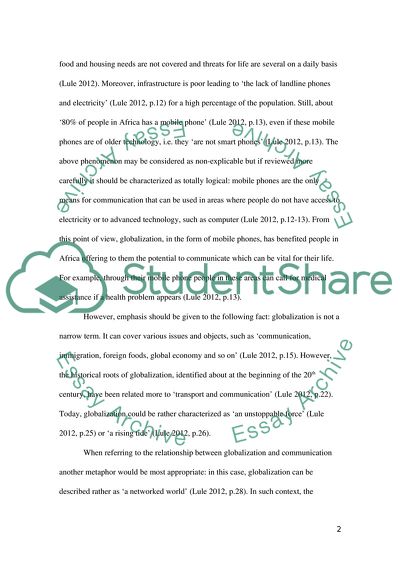Cite this document
(Revolution of Social Bullying via the Internet Literature review Example | Topics and Well Written Essays - 2250 words, n.d.)
Revolution of Social Bullying via the Internet Literature review Example | Topics and Well Written Essays - 2250 words. https://studentshare.org/sociology/1823279-revolution-of-social-bulling-via-internet
Revolution of Social Bullying via the Internet Literature review Example | Topics and Well Written Essays - 2250 words. https://studentshare.org/sociology/1823279-revolution-of-social-bulling-via-internet
(Revolution of Social Bullying via the Internet Literature Review Example | Topics and Well Written Essays - 2250 Words)
Revolution of Social Bullying via the Internet Literature Review Example | Topics and Well Written Essays - 2250 Words. https://studentshare.org/sociology/1823279-revolution-of-social-bulling-via-internet.
Revolution of Social Bullying via the Internet Literature Review Example | Topics and Well Written Essays - 2250 Words. https://studentshare.org/sociology/1823279-revolution-of-social-bulling-via-internet.
“Revolution of Social Bullying via the Internet Literature Review Example | Topics and Well Written Essays - 2250 Words”. https://studentshare.org/sociology/1823279-revolution-of-social-bulling-via-internet.


